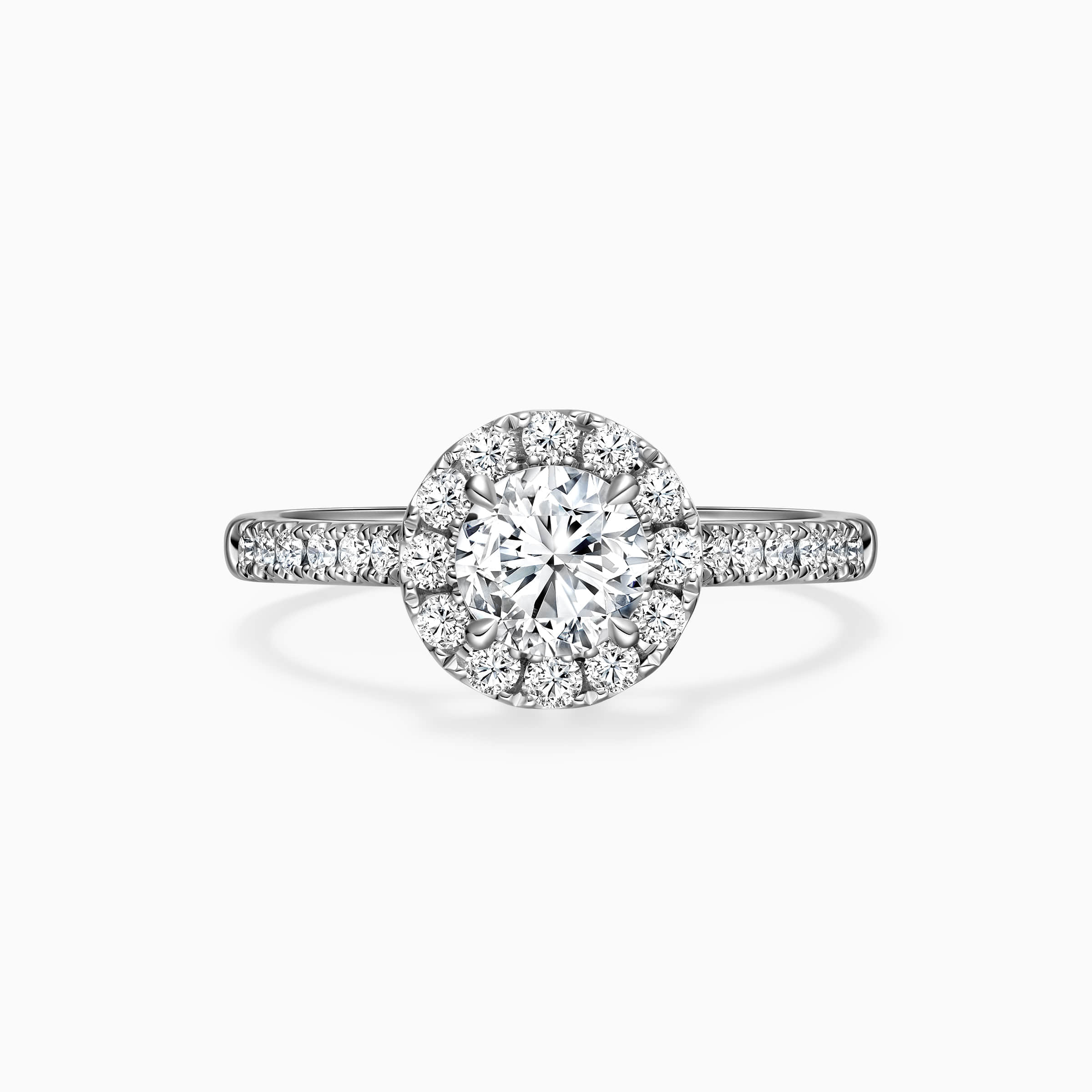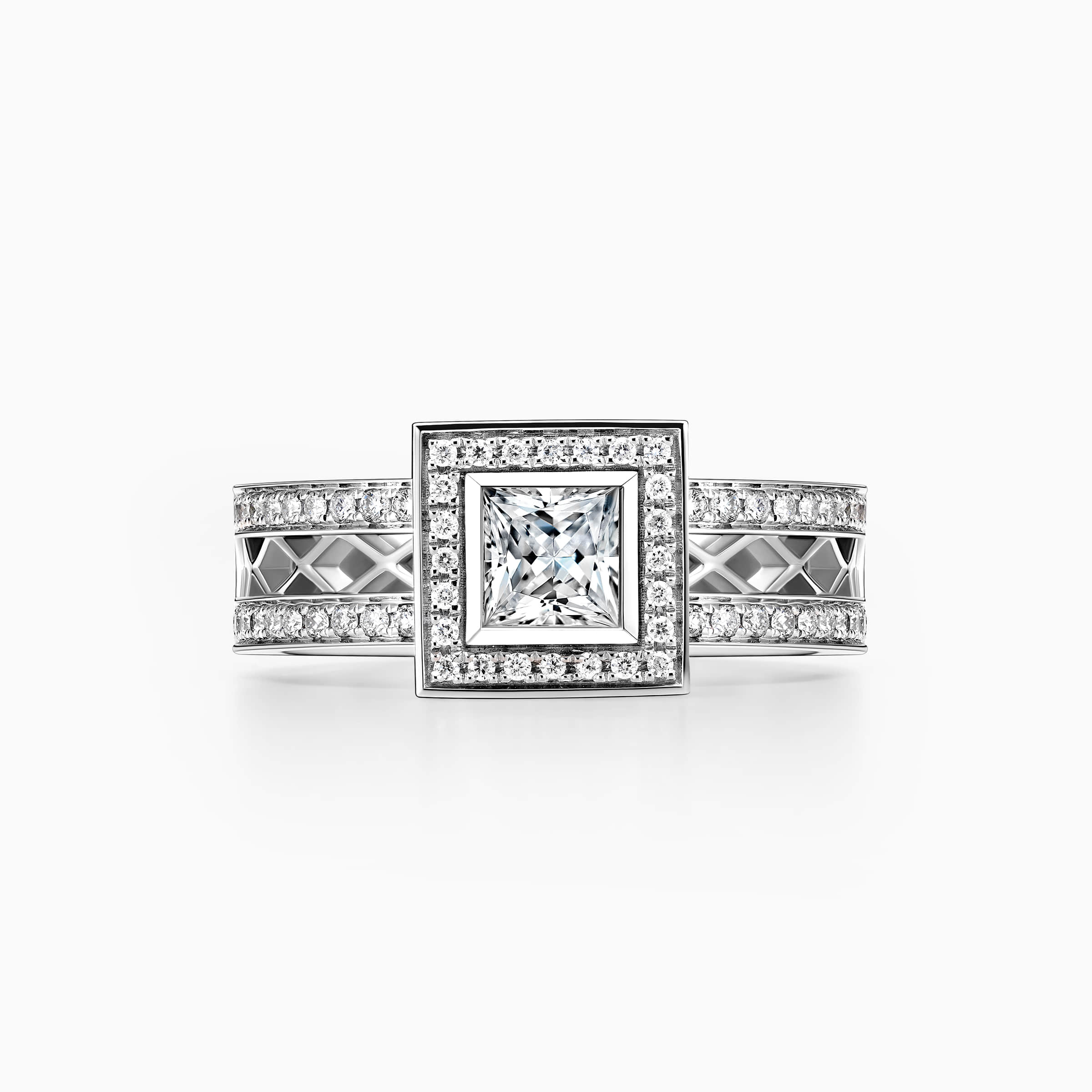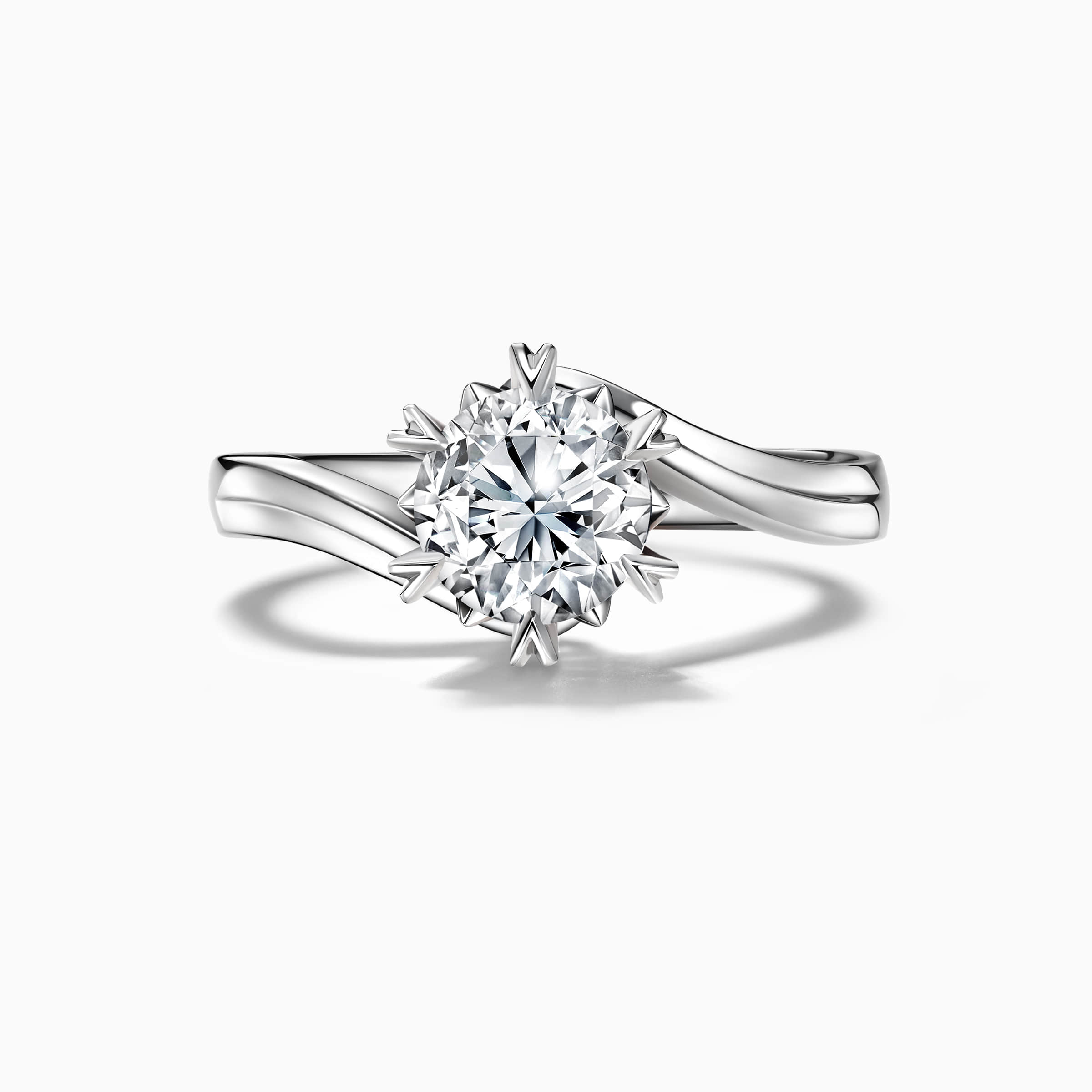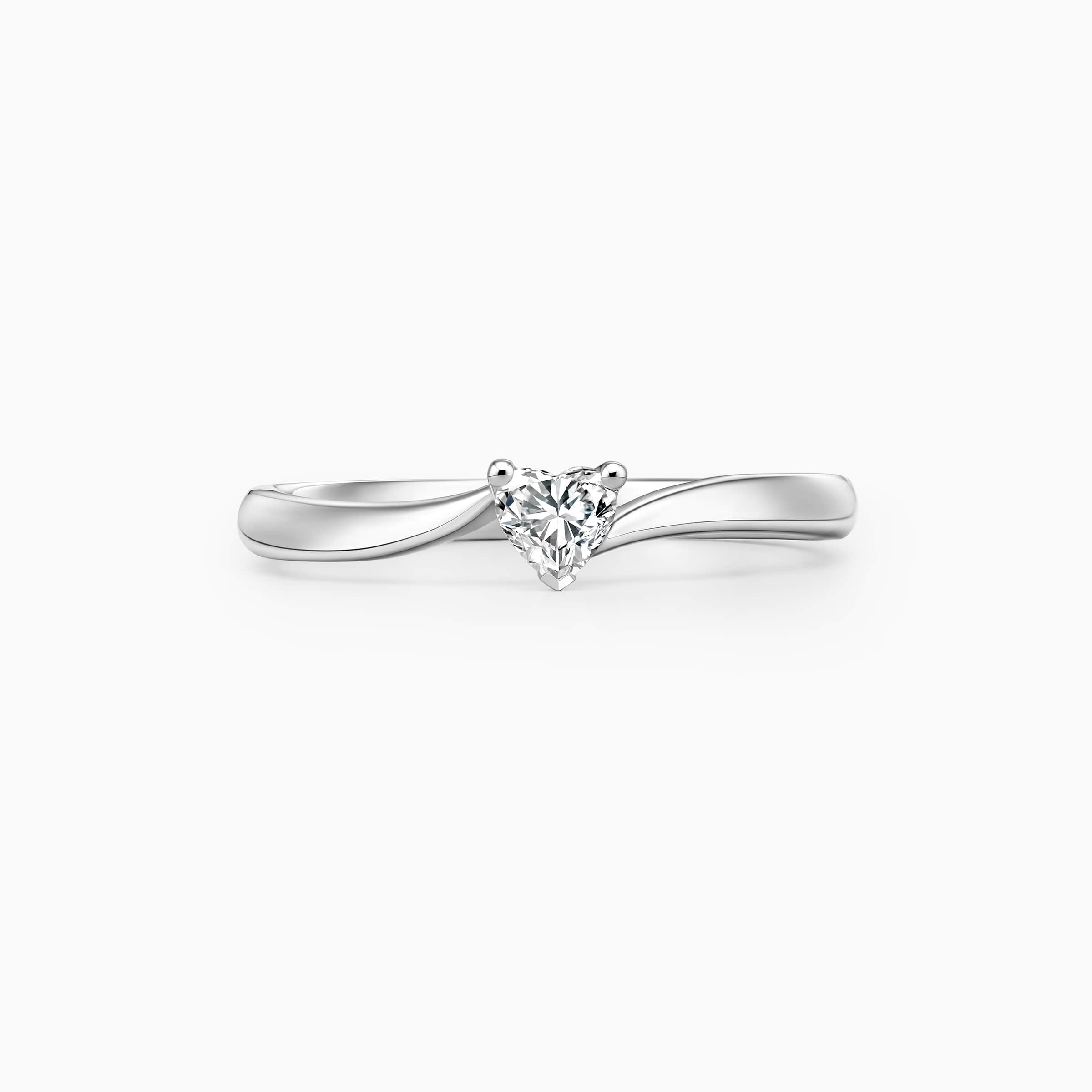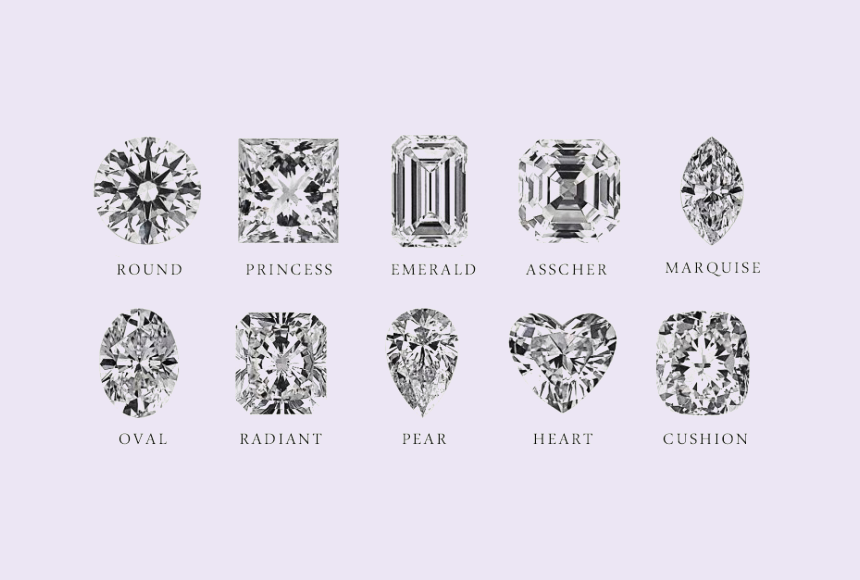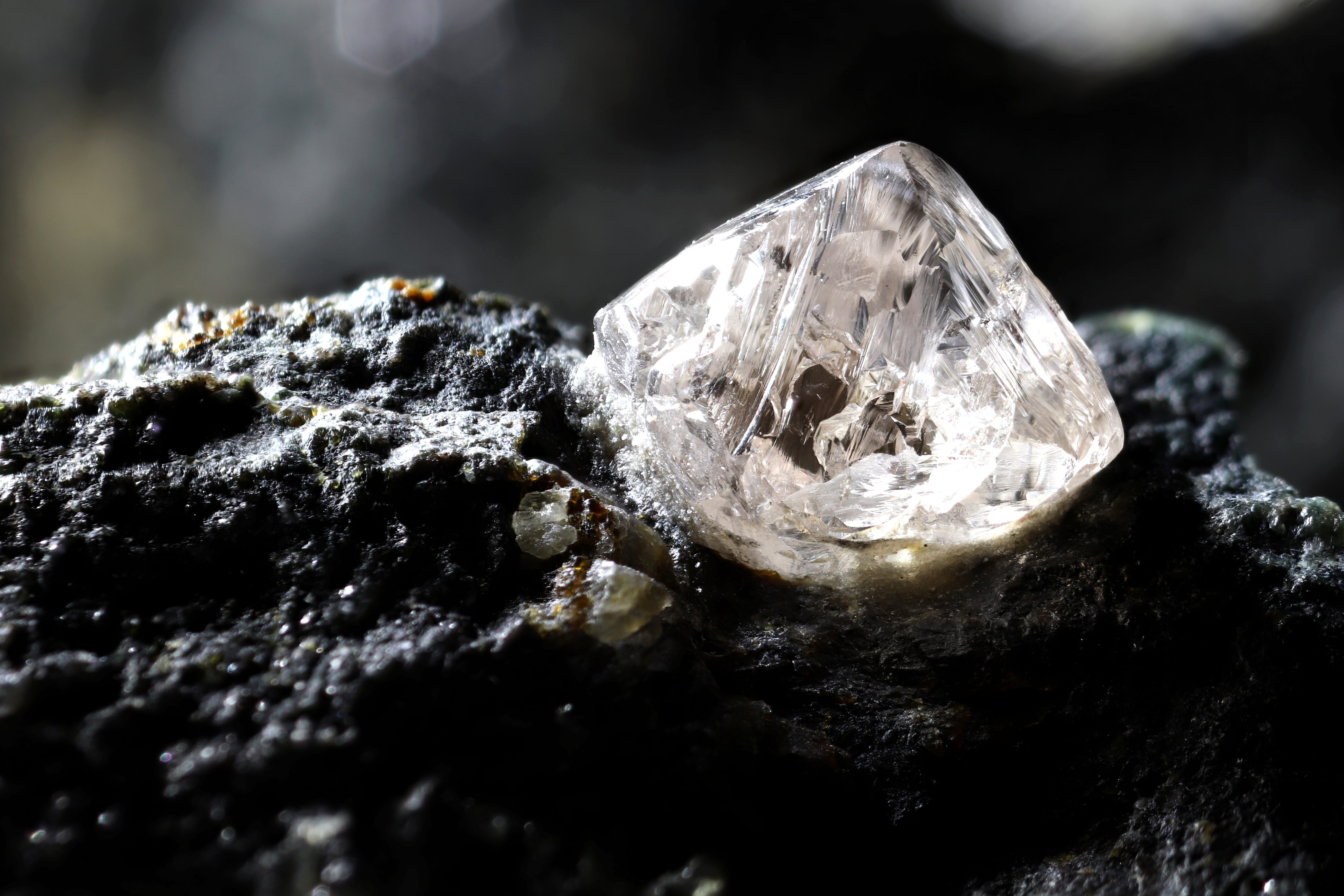Fast Search
- Love Check
- Marquise diamond
- Bypass ring
- Heart ring
- Classic eternal style
- Wedding season
- Trendy style
- Men's ring
- International designers collection

Fast Search
- Love Check
- Marquise diamond
- Bypass ring
- Heart ring
- Classic eternal style
- Wedding season
- Trendy style
- Men's ring
- International designers collection

What is A Diamond Cut?
Sep 26,2023
When buying a diamond engagement ring, you have to focus your attention on the diamond because it is the most valuable of this item. In the jewelry market, the value of a diamond is measured based on the 4Cs of the diamond introduced by the GIA (Gemological Institute of America), which are cut, clarity, color, and carat.
Among them, the diamond cut is the most important of the 4Cs of the diamond, because the diamond cut greatly affects the beauty and value of the diamond.
What is A Diamond Cut?
A diamond is an irregular stone that must be cut in order to give it the shape you want. Although it is closely related to the diamond shape, diamond cut does not refer to diamond shape. Diamond cut is the polish, table percentage, depth percentage and symmetry of the diamond after it has been cut to assess the brilliance, fire and scintillation of diamonds.
Brilliance refers to the internal and external white light reflected by the diamond; fire refers to the scattering of white light into all the colors of the rainbow; and scintillation refers to the amount of sparkle produced by the diamond and the pattern of light and dark areas caused by the internal reflection. The Gemological Institute of America (GIA) classifies diamond cuts according to the degree of each of the three.
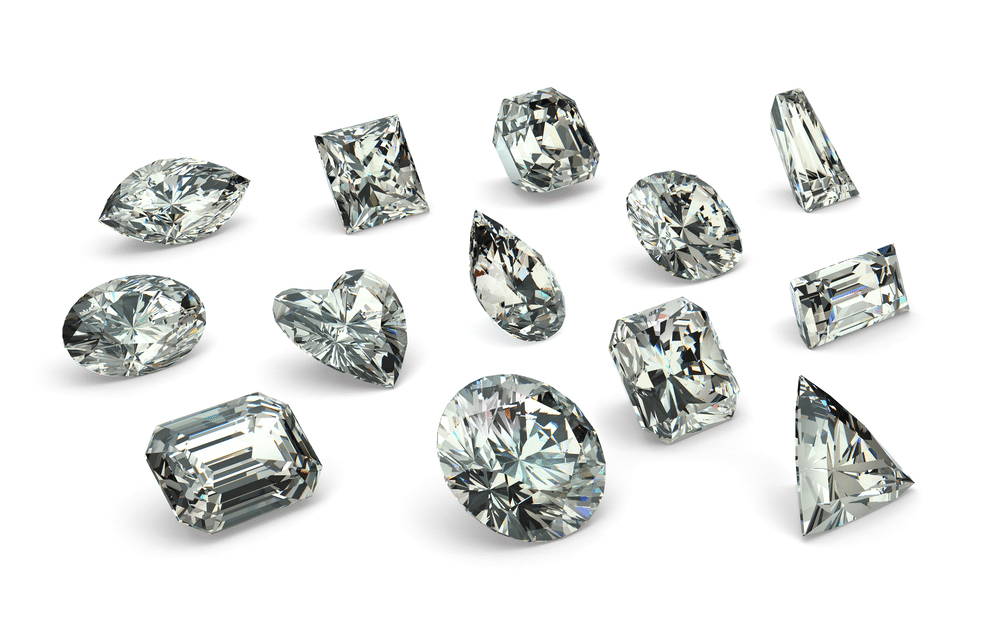
Diamond Cut Chart
The diamond cut chart is divided into five grades based on the performance of diamond cut from excellent to poor. Darry Ring refuses to compromise on diamonds with poor cuts and raises DR diamonds to the standard of excellence by measuring them according to the international grading system developed by the GIA.
● Excellent: When light enters the surface of a diamond with an excellent cut, diamonds in this category have high sparkle, high brilliance, and an even pattern of dark and light areas.
● Very Good: When light enters the surface of a very good diamond cut, the diamond in this grade has darker color at the edges or center, despite high scintillation and brilliance.
● Good: When light enters the surface of a good diamond cut, diamonds in this category are less sparkly and darker.
● Medium: A diamond cut of medium grade has slight sparkle and brilliance when light enters the surface.
● Poor: When light enters the surface of a poorly cut diamond, diamonds in this grade are dull and exhibit little or no sparkle or brilliance.
When buying a diamond engagement ring, if you want to assess the grade of the diamond you are buying by diamond cut (polish, table proportions, depth proportions and symmetry), it is wise to first come to know the parts of the diamond associated with these indicators.
Parts of A Diamond
Table: The diamond table is the largest facet of the diamond, the flat surface at the top.
Crown: The diamond crown refers to the edge of the diamond from the table (the flat surface at the top) down to the girdle (the widest part of the diamond).
Girdle: The diamond girdle refers to the intersection of the diamond crown and the diamond pavilion, which is the widest part of the diamond. The size of the diamond girdle represents the circumference of the diamond.
Pavilion: The diamond pavilion is located between the girdle and the culet (point) and is an integral part of the diamond's reflective properties. Diamond pavilion with proper cut will allow the greatest amount of light to reflect off the diamond's surface, which would otherwise cause light to escape from the bottom and sides, thus reducing its sparkle.
Culet: The diamond culet is the smallest facet (it is a point) and is located at the very bottom of the diamond. The diamond culet was originally designed to protect the diamond pavilion, but as diamond settings have become stronger, it is no longer needed.
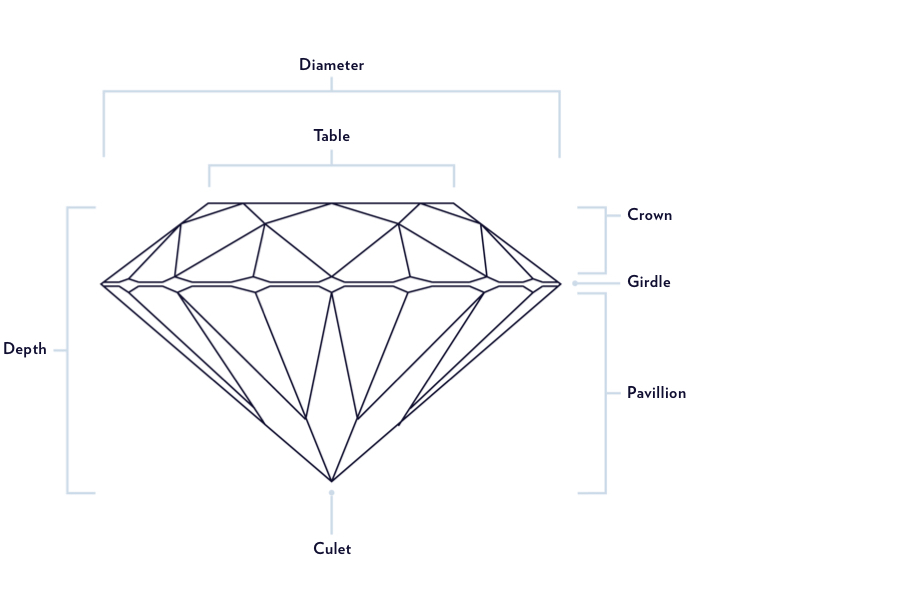
Understanding the parts of a diamond helps you recognize how the diamond cut (degree of polish, table percentage, depth percentage and symmetry) measures the beauty and quality of the diamond. Keeping in mind the four important factors that affect the beauty and quality of a diamond before purchasing a diamond engagement ring will make your diamond buying experience more enjoyable and rewarding.
Factors that Affect Diamond Quality
Table Percentage: The table percentage of a diamond refers to the width of the facets at the top of the diamond to the maximum width of the entire diamond. This is one of the most important dimensions in judging the brilliance and ability of a diamond to reflect light. As the correct diamond table percentage allows the table to refract the light entering the diamond and the light reflected from the pavilion to produce a great deal of fire and brilliance.
If the table percentage of a diamond is too large, light will not reflect from the crown angles and facets of the diamond but will escape from the top of the diamond, so no strong reflection of color will be seen. If the table percentage is too low, the light will be trapped inside the diamond.
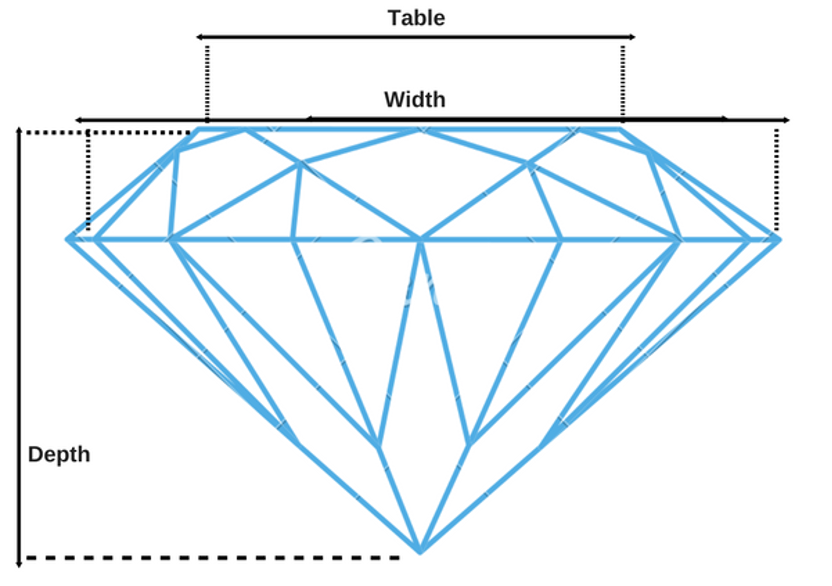
Depth Percentage: The depth percentage of a diamond is the ratio of the millimeter height from the diamond table to the diamond culet to the maximum width of the entire diamond. For example, the depth percentage of an excellent round cut diamond ranges from 59% to 62%. The depth percentage of a diamond significantly affects the quality of the diamond cut and the amount of light it reflects.
A shallow diamond cut causes light to hit the pavilion at a low angle and come out the side of the diamond without reflecting back to your eye through the diamond table. A deep diamond cut forces the light back into the pavilion and through the bottom of the diamond. In addition, a deep diamond cut will also make the diamond appear smaller than ideal diamond cut.
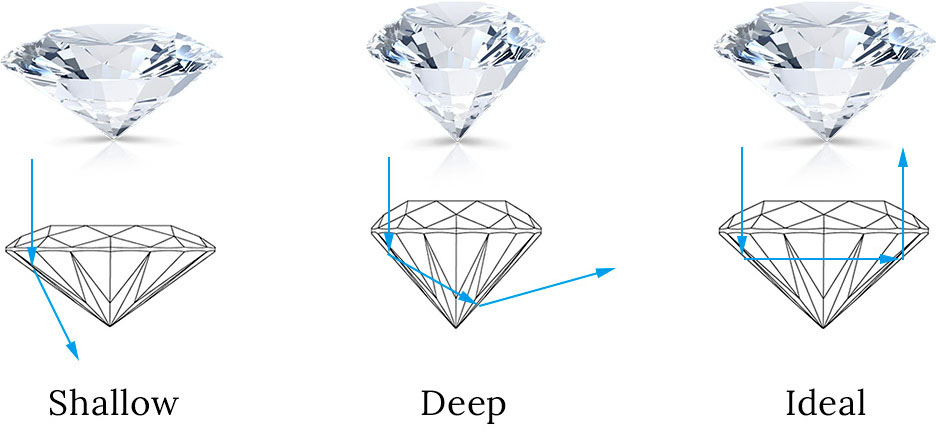
Polish and Symmetry: Diamond polish and symmetry are key factors in measuring the quality of diamond cut. To obtain maximum brilliance, each facet of the diamond should be polished after the cutting process. And facets that surround every part of the diamond should be proportional and symmetrical whether on a flat surface or on a three-dimensional diamond, otherwise the sparkle of the diamond will be reduced.
Choosing the perfect diamond is one thing, choosing the perfect diamond shape is another. The contours of the diamond shape play an important role in its unique beauty, due to the fact that different diamond shapes may employ different types of diamond cuts to maximize the sparkle of the diamond itself.
Types of Diamond Cuts
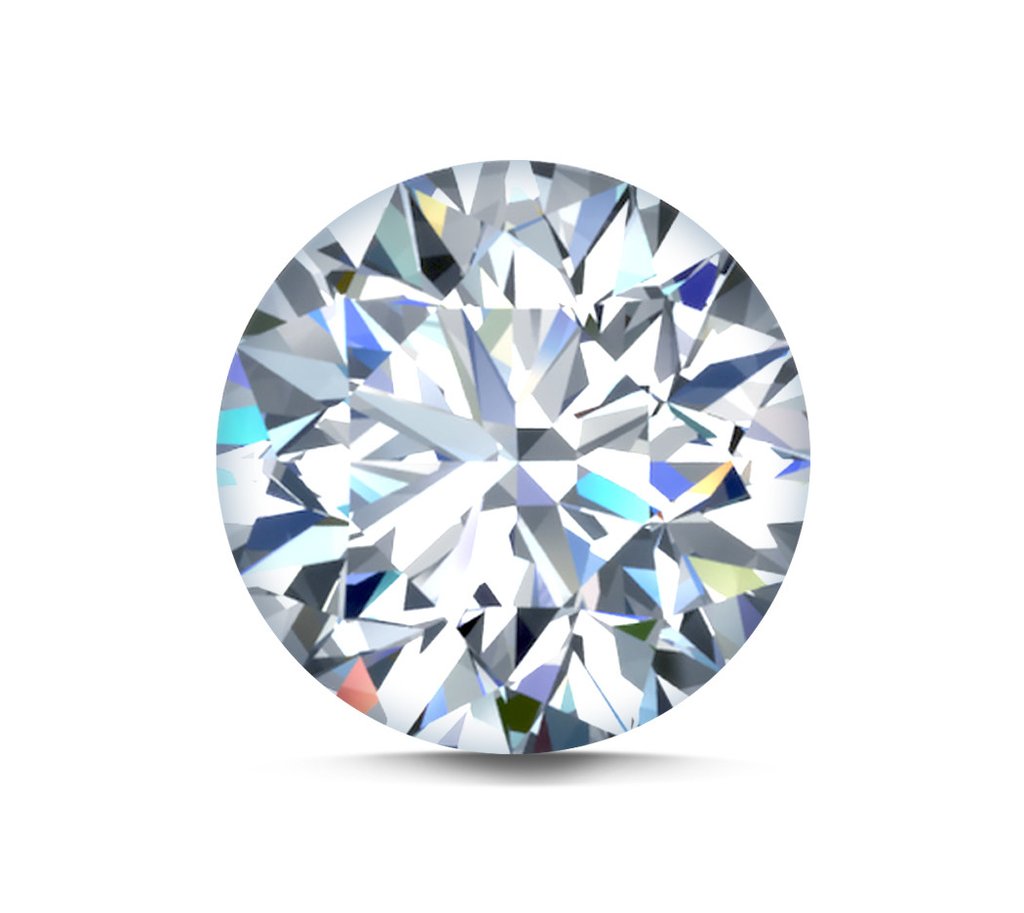
Brilliant Cut
The brilliant cut is the most popular current facet arrangement, made of triangular and diamond-shaped facets. Round cuts, oval cuts, marquise cuts, pear cuts, and heart-shaped diamonds are all brilliant cuts.
Step Cut
A step diamond cut refers to a diamond whose facets are arranged to form parallel facets to each other, similar to a set of stairs. The step cut style emphasizes the color and clarity of the diamond and is mainly used in rectangular diamond cuts, such as emerald cut diamonds, Asscher cut diamonds.
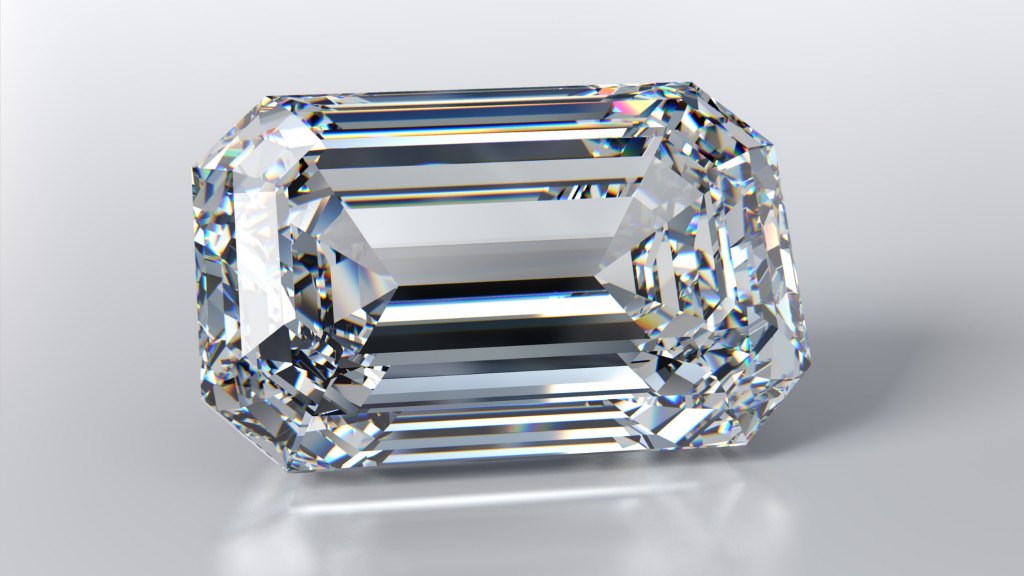
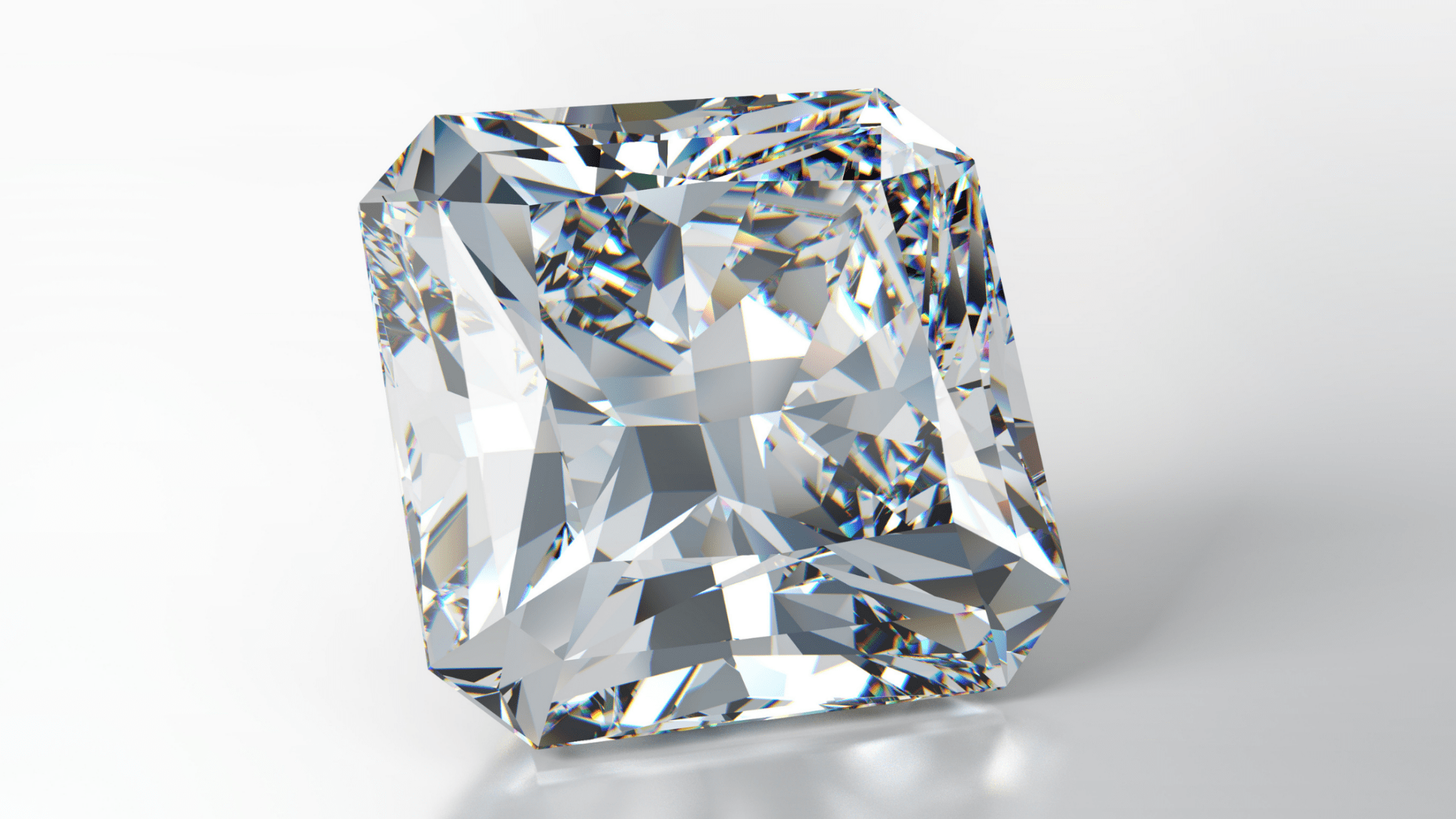
Mixed Cut
A mixed cut refers to a combination of elements from the brilliant cut and step cut styles, ensuring the weight from the step cut while enjoying the optics of the brilliant cut. This is considered a very popular diamond cut, and both cushion cut diamonds and radiant cut diamonds follow this type.
If you are looking for the perfect diamond shape to meet your specific preferences and budget, visit top 5 engagement ring cuts at Darry Ring. At Darry Ring, we are committed to creating diamonds of the most standard proportions. It is this precision that sets DR diamonds apart.
Top 5 Engagement Ring Cuts at Darry Ring
1. Round Diamond Engagement Rings
By far the most popular engagement ring cut at Darry Ring is the round brilliant cut, which has 57 perfectly aligned facets. DR round diamond engagement rings are available in all of Darry Ring's engagement ring collections, and their brilliance truly shines brighter than other engagement ring cuts. You can't go wrong with a DR round brilliant diamond, as it is a truly classic diamond engagement ring.
2. Cushion Cut Engagement Rings
Over the past year, we have seen a dramatic increase in the popularity of cushion cut engagement rings. By combining the benefits of brilliant cut and step cuts, the DR cushion cut engagement ring has both the best sparkle of a round diamond engagement ring and a softer edge. Undoubtedly, at Darry Ring, the cushion cut engagement ring has become the second most popular square engagement ring after the round diamond engagement ring.
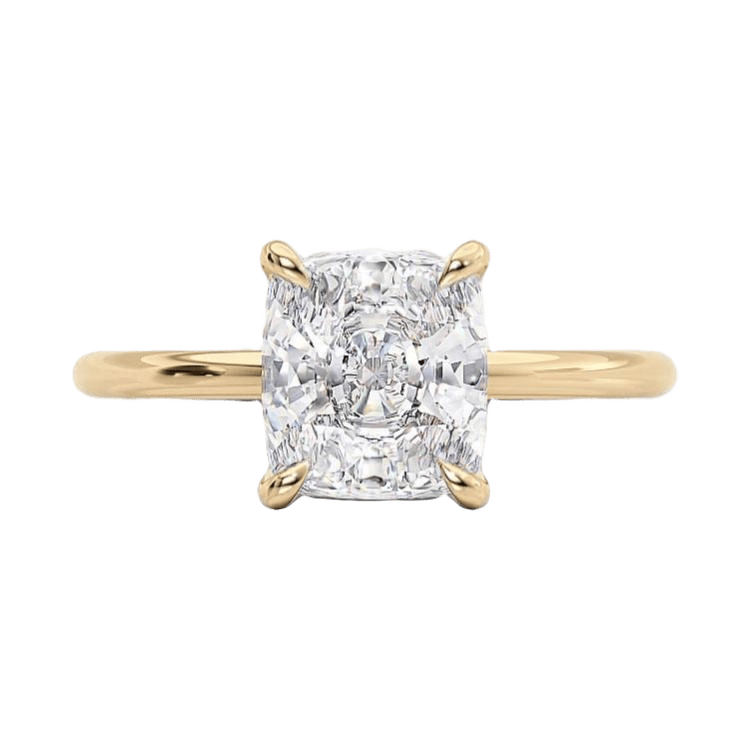
3. Princess Cut Engagement Rings
Square engagement rings have become one of the icons of modern wedding artistry, and one such example is the princess cut engagement ring, which features a step cut. For those who are completely concerned with angles, the DR princess cut engagement ring is a real draw as its square shape brings a modern feel to your diamond ring. At Darry Ring, the princess cut engagement ring from the DR Paris Collection is a popular model that incorporates romantic elements of the Louvre in Paris, making it a memorable model for couples to treasure.
4. Snowflake Engagement Ring
Snowflake engagement rings from DR Believe Collection, adopting the same brilliant cut as round diamond engagement rings, have become one of the top selling models of DR diamond engagement rings. The same size and extremely symmetrical facets make the DR snowflake engagement ring sparkle in bright light. Derived from the concept of "no snowflake is the same", the DR snowflake engagement ring signifies the one true love of a lifetime for the one and only you.
5. Heart Shaped Engagement Rings
The heart-shaped engagement ring is one of the most romantic diamond shapes among all engagement ring cuts, as it represents love for each other as strong and pure as the heart-shaped diamond. The heart shaped engagement ring from DR Heart Collection features a brilliant cut that maximizes the original brilliance and fire of the heart-shaped diamond.

